This post may contain affiliate links. If you make a purchase by clicking on these links, I may earn a small commission at no extra cost to you. Read the disclaimer for more information.
I stood at the immigration point in Huay Xai, Laos, looking across the swift flowing muddy waters of the Mekong River. On the other side was Thailand, my destination. This would be the last time that I would cross the Mekong on this trip.
As I stood there waiting for the boat to arrive to take me across the river, I looked back on the past couple of months and remembered all of the times that I had seen the Mekong. When I thought about it, I realised that I had basically followed its course upstream through Southeast Asia, and even when I did leave it, I always seemed to find myself back on it at some point.

Cai Rang Floating Market in the Mekong Delta, Vietnam
It all began in the fertile lands of the Mekong Delta in Southern Vietnam, where the river splits into a maze of different channels before emptying into the South China Sea. I had explored this region for three days and saw only a glimpse of it. Beginning in My Tho, I made my way to Can Tho where I got to experience the Cai Rang Floating Market, the highlight of my time in the Delta. From Chau Doc, a boat took me up the Mekong River to the Cambodian border where I switched to a bus to take me to the Capital, Phnom Penh, which is again located right on the Mekong.
From Phnom Penh, the Mekong heads north upstream, and it was here that I left it for sometime as I explored the country of Cambodia, but it was inevitable that I would find it again when I ended up in the sleepy city of Kampong Cham. From here, I would be following the Mekong for the next month, barely leaving it for more than a few days.

View of the Mekong in Kampong Cham, Cambodia
My journey north took me to the small town of Kratie in North Eastern Cambodia, where I cycled around the rural island of Koh Trong and took a boat on the river to search for the rare Irrawaddy Dolphins that inhabit this stretch of the Mekong.

Searching for Irrawaddy Dolphins in Kratie, Cambodia
With my time in Cambodia coming to an end, I headed north to cross into Laos and stay for several days in the lazy, picturesque Si Phan Don (4000 Islands) region. This is the first place where the long course of the Mekong is interrupted by a huge series of waterfalls. The entire river is split into a huge network of channels, creating thousands of islands, before suddenly dropping in altitude and tumbling down the low, rocky falls. My days here were spent exploring by day and lazing in my hammock in the afternoon, watching the sunset over the Mekong.

Part of Somphamit Waterfall in Si Phan Don, Laos
My journey through Southern Laos took me north to the towns of Pakse and Savannakhet, before landing me in Vientiane, the capital of Laos.

Sunset on the Mekong River in Vientiane, Laos
From here I left the Mekong for a few days by heading to Vang Vieng, but I soon found my way back to it again when I got to Luang Prabang, situated at the junction of the Mekong and Nam Khan Rivers.

The Mekong River in Luang Prabang, Laos
For the past two days, the Mekong River had been my road to Thailand. The long wooden slow boat took me upstream from Luang Prabang through some absolutely stunning scenery, travelling for about 8 hours each day, stopping in the town of Pakbeng for the night before finally landing me in Huay Xai.
Through much of my journey through Southeast Asia, the Mekong has been there, and I can understand why it is so important to the people of this region. It really is the backbone of Southeast Asia. For many people, it is their main highway and their way of life.
As I crossed the Mekong River for the last time and entered into Thailand, I looked back at the familiar sight of the huge expanse of muddy brown water flowing swiftly past, and silently thanked it for the safe and unbelievably interesting journey that it had given me. And I promised to be back again.





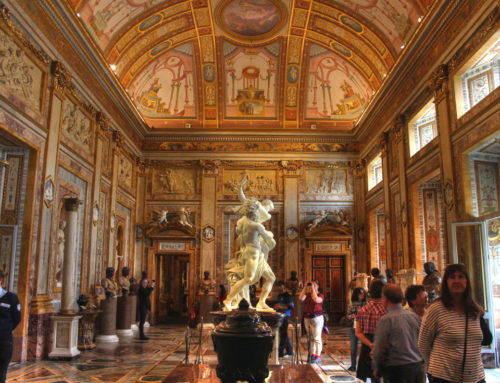
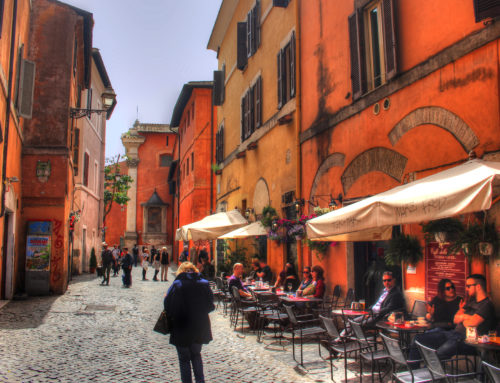
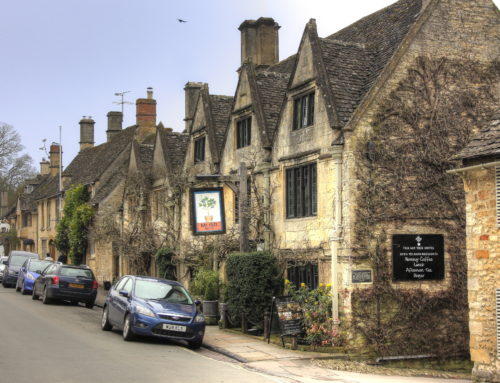
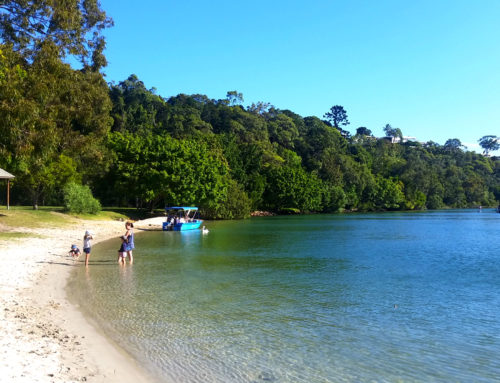
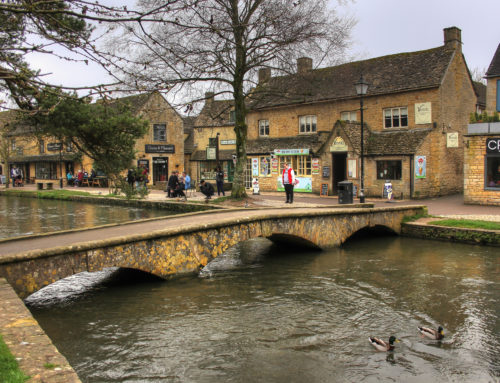
Great photos Dean. This is a journey I’d love to take someday myself.
Thanks Jen. You should definitely do it 🙂
Lovely and pretty photos as always. I really like the one with the mist coming off the mountains!
Hey Cheryl. That photo seems to be a lot of people’s favourite 🙂
Charming and fairly images as always. I really like the one with the spray arriving off the mountains! places are really ideal for traveling. this article can help travelers to take decision to go these places. thanks for sharing these beautiful pictures.
Glad you enjoyed the post, John. This is a very special part of the world.
Traveling by boat seems like a fantastic way to see these countries! You’ve inspired me to take the slow boat someday 🙂
Hi Torsten. I highly recommend the slowboat journey, although probably not if you’re an impatient person. A lot of people don’t enjoy it because of that. It is of course very slow, but I personally love slow travel 😉